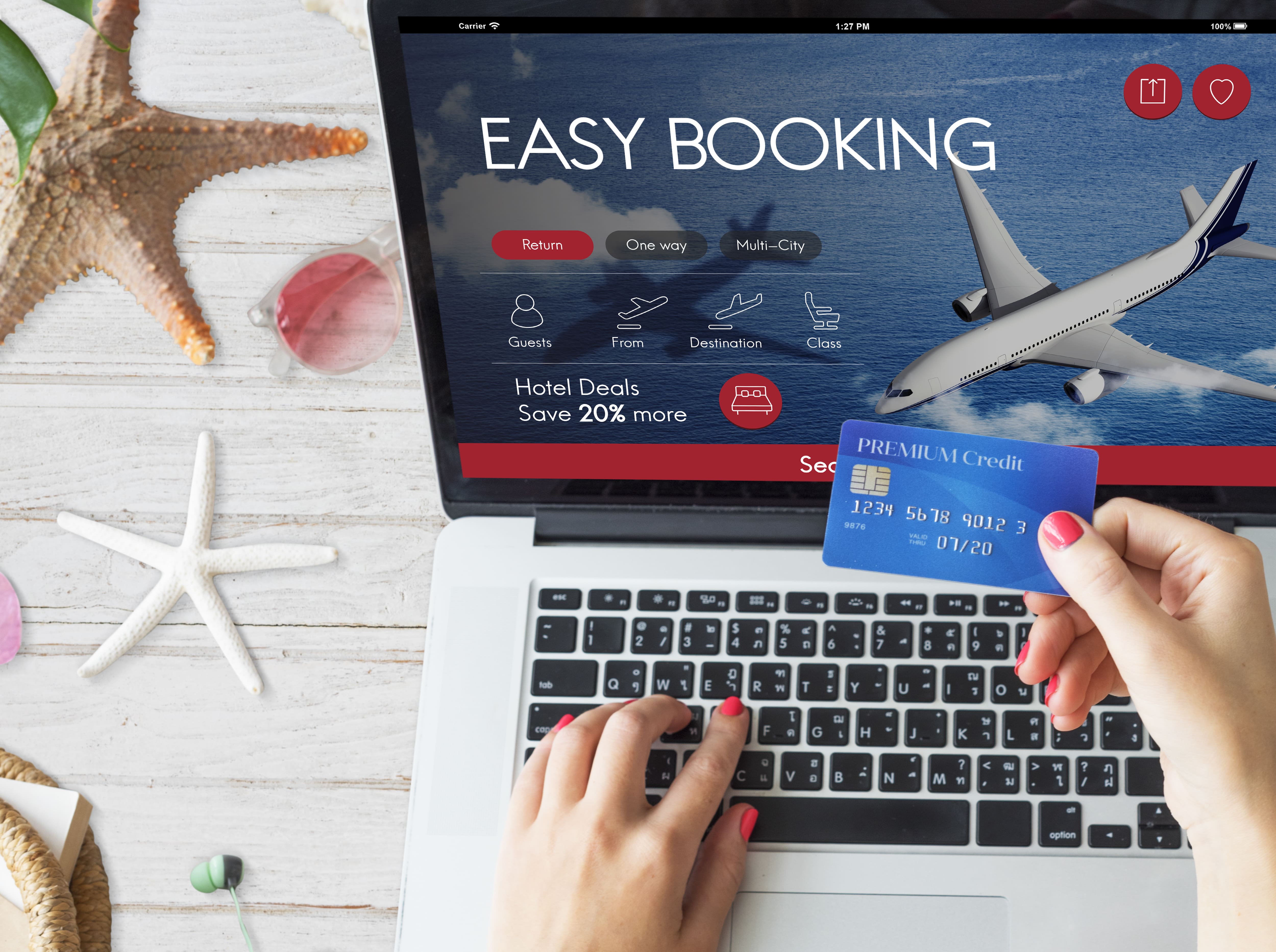If you’ve ever booked a flight and been prompted to “join our loyalty program,” you’re not alone, and you might have wondered if it’s actually worth the extra click. Frequent flyer programs are everywhere, promising free upgrades, early boarding, and points that lead to perks. But are airline loyalty programs really as rewarding as they seem, or are they just marketing smoke and mirrors?
Let’s break it all down. From how they work to when they actually make sense, this blog clears the air around loyalty programs, so you can decide whether to commit or keep things flexible.
What Are Airline Loyalty Programs?
Airline loyalty programs (also known as frequent flyer programs or FFPs) are reward systems designed to keep you coming back to the same airline. In exchange for your loyalty, the airline gives you:
- Points or miles for every flight you take (and sometimes for purchases with partners)
- Status tiers that offer perks like priority boarding, free checked bags, lounge access, or complimentary upgrades
- Special offers and bonuses for members
These programs are free to join, and you typically accumulate rewards by booking directly with the airline or using a co-branded credit card.
How Do You Earn (and Use) Points?
Most programs operate on a “miles flown” or “money spent” basis:
- Mileage-based programs reward you based on the distance of your flight.
- Revenue-based programs give you points based on how much you spend (and what fare class you book).
Once you rack up enough points, you can redeem them for things like:
- Free or discounted flights
- Seat upgrades
- Hotel stays or car rentals (with partnered brands)
- Merchandise or gift cards (less value here, usually)
Pro tip: Not all redemptions offer the same value. Flights tend to give you the most bang for your points, especially business or first-class bookings.
Are They Worth It for the Occasional Traveler?
If you only fly once or twice a year, the truth is: you might not benefit much from loyalty programs, at least not right away. Here's why:
- Points can expire if you’re not flying regularly.
- You may never reach the elite tiers where the real perks kick in.
- Focusing on one airline might mean paying more or choosing less convenient flights.
But that doesn’t mean you should skip them altogether. Even infrequent flyers can still:
- Earn points on long-haul trips
- Benefit from co-branded credit card perks
- Accumulate miles slowly over time
💡 If you fly internationally or book for family or business, those points can add up faster than you think.
When Do Airline Loyalty Programs Really Pay Off?
Loyalty programs shine when:
- You fly frequently for business or personal travel
- You consistently fly with the same airline or alliance (like Star Alliance, SkyTeam, or Oneworld)
- You hold elite status (which often includes upgrades, faster check-ins, and bonus earning rates)
- You use a co-branded credit card to earn miles on everyday purchases
These flyers can get serious value from their loyalty. In some cases, the perks alone (like priority security lines or free seat selection) can make frequent travel far more comfortable and cost-effective.
Watch Out for These Common Pitfalls
Before you dive headfirst into a loyalty program, here are a few things to keep in mind:
- Not all points are equal. Some programs devalue points without notice, making them worth less over time.
- Blackout dates and seat restrictions can make it hard to redeem points when you want to.
- Loyalty can lead to bad decisions. If you're paying more for a flight just to stick with your “favorite” airline, the program might be costing you money, not saving it.
Final Boarding Call
Airline loyalty programs aren’t one-size-fits-all, but they can be worthwhile when approached strategically. If you fly often or stick to a few airlines, you could enjoy real benefits. If you fly rarely, you can still join (it’s free!), but manage your expectations and avoid chasing perks at the expense of better fares or routes.
Whether you’re collecting points for a dream trip or just want to skip the check-in line, the key is to be informed, not blindly loyal.



.jpg)
